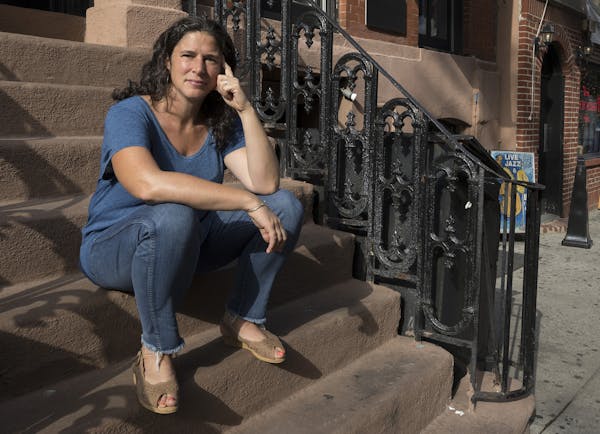We must come to recognize — those of us who feel anger, who have in our own lives taken pains to disguise it, who worry about its ill effects, who rear back from it and try to tamp it down in ourselves for fear letting it out will hurt our goals — that anger is often an exuberant expression. It is the force that injects energy, intensity, and urgency into battles that must be intense and urgent if they are to be won. More broadly, we must come to recognize our own rage as valid, as rational, and not as what we're told it is: ugly, hysterical, marginal, laughable.
I first decided to write this book as a means to channel and make sense of my own rage: how I've suppressed it or cloaked it in more officially attractive stuff. After the 2016 election, and two years of having been assured every day by the political press, by popular culture, by my friends and by those on the right and the left that there was no reason for women to be angry — that sexism would not be a factor in the candidacy of Hillary Clinton, that she was in fact the candidate with the disproportionate share of power; that the impulses guiding the support of Donald Trump were not sexism, racism, or xenophobia but rather economic anxiety: that it was the anger of his supporters that we needed to be paying attention to and that in fact, it was the overheated expressions of feminism and civil rights activism that had provoked white America in this Trumpian frenzy to begin with — I felt as though I might lose my mind with the rage I'd not been able to give full voice to.
I had to look into women's rage in America: how it has been suppressed, discouraged, discounted, when I felt very surely that it was central to our growth and history as a nation. When I began to tell people I was writing about women's anger and social change, I began to understand the depth and breadth and desperation of other women's desire to talk about their fury. Women told me they needed to read, and to write themselves, and to talk about their anger, even if it was an email to me or in a tweet or conversation with their friends. They couldn't hold it in anymore, to keep it bottled up one more second would make them explode. What did they hope to gain from letting it out? I asked many of them. Validation was the answer I got, over and over again.
Here's the validation that I hope I can offer: that those who are furious right now are not alone, are not crazy, are not unattractive. That in fact, female rage in America has a long and righteous history, one that we have, very pointedly, never been taught.
But also, crucially: the women who are suddenly angry, newly angry, and are discombobulated by the intensity of their rage, are not the first to have felt this way. They did not invent rage at injustice, and in addition to realizing that they are in good company, they will find excellent models for activism and expression in the women around them who have never not been angry, and who have done so much work already to change things in America for the better.
From "Good and Mad: The Revolutionary Power of Women's Anger" by Rebecca Traister, published by Simon & Schuster. Copyright (c) 2018 by Rebecca Traister.
Movie Review: A lyrical portrait of childhood in Cabrini-Green with 'We Grown Now'
Judge declines to dismiss lawsuits filed against rapper Travis Scott over deadly Astroworld concert

Summer Movie Guide: Virtually all the movies coming to theaters and streaming from May to Labor Day

